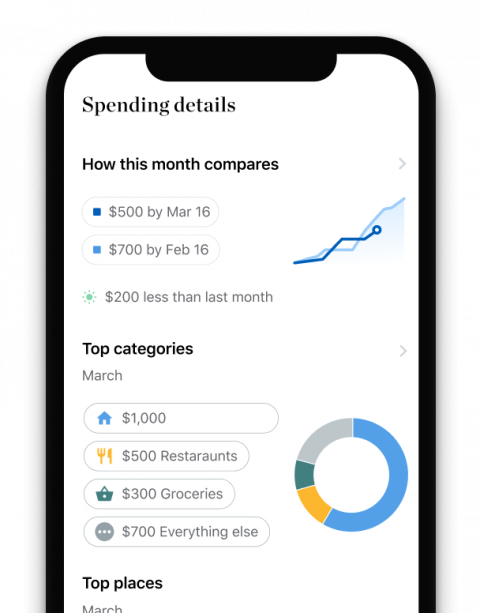How to Make Money on YouTube: 7 Steps to Get Paid
In addition to allowing ads on your videos, you could make money through product placement.
For many people, YouTube is a site where they can spend endless hours watching cat videos, product reviews or other people playing video games. For others, it’s a way to make money.
Becoming a professional YouTuber might sound like fun, but you'll have to hustle to get started, and there’s no guarantee it will pay off. If you’re looking to make a quick buck, you might consider other options. However, if you're already an avid video creator and are willing to put in the extra effort, you might be able to make money on YouTube.
Here’s what you need to know.
How to get paid on YouTube
1. Apply for the YouTube Partner Program
To earn directly through YouTube, you must partner with the site. Once you do, there are several ways to cash in, but to become a partner you must meet the requirements:
Your videos must abide by the site's advertising guidelines and have more than 4,000 valid public watch hours within the last 12 months.
You must live in an eligible area.
You need over 1,000 subscribers.
You need to link a Google AdSense account.
The more videos you have, the easier it is to reach the viewing-hours threshold. High-quality, entertaining videos are more likely to get views, so it pays to put effort into planning and production. Once you meet the requirements, you can apply by clicking into your profile and navigating to the “monetization” section.
As a partner, you can earn money through ads, membership perks and features like Super Chat, which lets viewers pay to have their messages highlighted during a live stream.
Make the most of your cash
Track all your spending at a glance to understand your trends and spot opportunities to save money.
2. Connect to Google AdSense
To get approved as a partner, you need to connect your channel to Google AdSense, the company’s advertising system. Advertisers use AdSense to bid for space on videos based on factors such as your audience, video topic and relevant keywords.
In general, you'll be paid based on the number of “impressions” your videos get; that’s when someone clicks on or watches an ad. Ads don’t display every time someone watches a video, though, so views don’t translate directly to money in the bank. Also, YouTube takes a cut of the ad revenue; it wouldn't disclose that rate.
You'll get payments once your balance reaches $100, so if you have a small channel, you might get paid only every few months. You may want to set aside some of that cash for taxes because Google, which issues AdSense payments, might not deduct your full tax obligation.
3. Check out YouTube Premium
AdSense isn't the only way partners can make money on YouTube. You can also make videos available on YouTube Premium, which is the site’s ad-free subscription service. You’ll earn a portion of the revenue from membership fees, based on how much members view your videos.
4. Use product placement and video sponsorship
Companies interested in your channel’s audience might sponsor your videos or offer you product placement deals in exchange for a shout out. You'll likely receive payments on a per-sale basis or in commission tiers. Search on affiliate marketing sites such as ShareASale, ClickBank and CJ Affiliate for possible corporate partners — and be sure you’re willing to vouch for the company and products you're selling before signing up.
If you do have an endorsement or product placement in a video, you must notify YouTube by ticking the “video contains paid promotion” box in the advanced settings tab of your video manager.
5. Sell products or services to viewers
If you have merchandise or offer a service that’s relevant to your audience, let them know about it and provide links in your videos. For example, Ryan Kaji, star of the children’s YouTube channel Ryan’s World, sells toys, T-shirts and other items. Selling a physical product might require you to buy materials or find a manufacturer, but you can also sell downloadables such as e-books or art prints. Have a secure payment system in place before you advertise your goods.
6. Meet up with fans in the real world
Meetups and similar events let YouTubers connect with viewers and sell merchandise. They're usually best suited to those with active and engaged subscribers. Those with smaller audiences might want to skip ticketed events and bank on merchandise sales instead. Or if, for example, your videos teach viewers how to draw, you could set up a free class at a local park and sell your book of drawing techniques afterward.
7. Turn to crowdfunding
There are two primary types of crowdfunding: recurring and project-based. Recurring crowdfunding lets contributors pay an amount they specify on a regular schedule. You'd want to maximize this type of funding in order to turn a channel into a substantial income stream. Incentives such as one-on-one video chats, private classes or merchandise can entice viewers to sign up.
If you have an idea for a project that requires financial support, a project-based crowdfunding campaign is the way to go. Get started with sites such as Indiegogo, Kickstarter, GoFundMe or Patreon.



0 Comments: